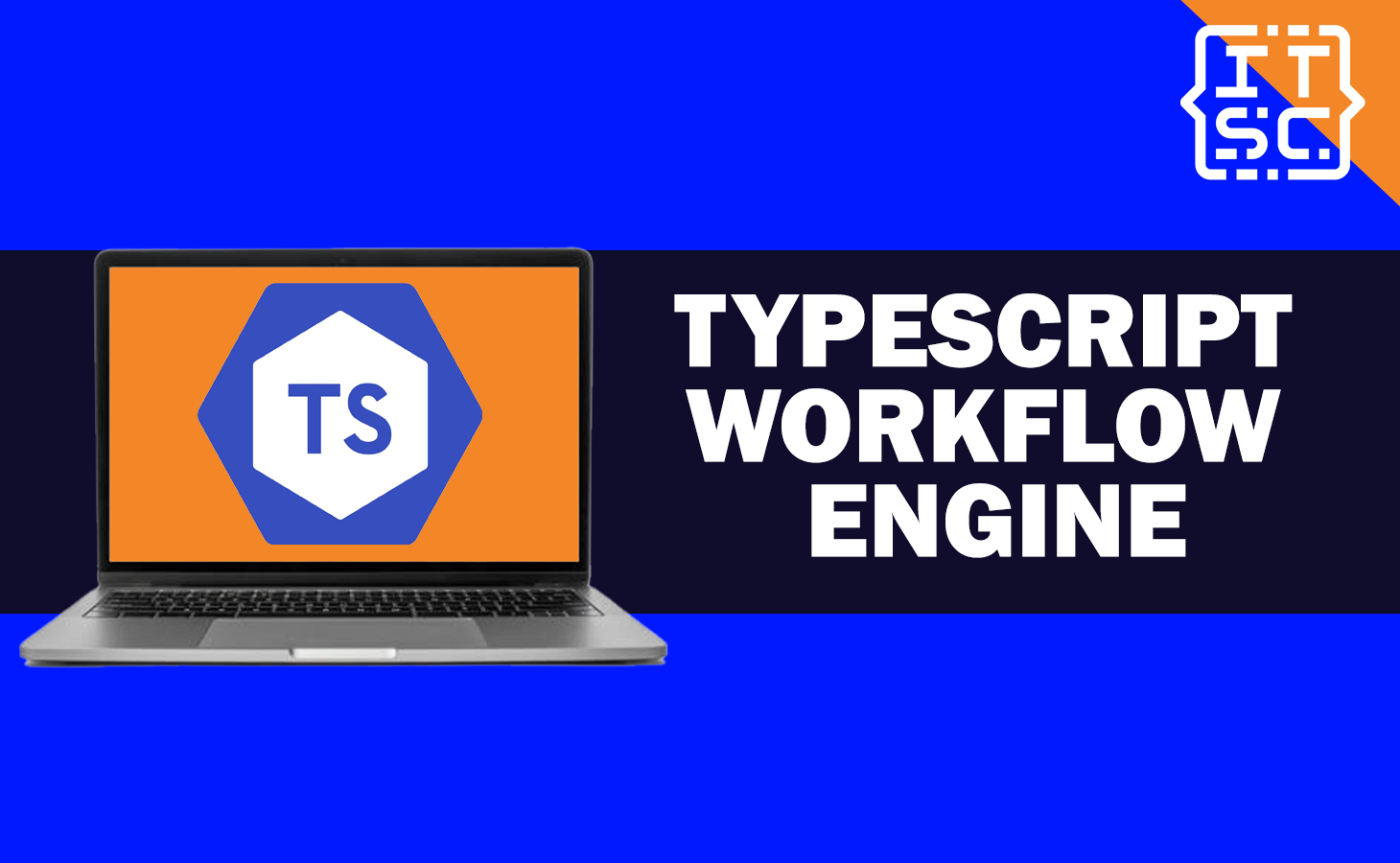Welcome to the field of TypeScript workflow engines, where skill and productivity merge smoothly with the power of TypeScript.
In this complete guide, we will discuss in detail the complexity of workflow engines, providing you with valuable insights, tips, and answers to frequently asked questions.
Whether you are a proficient developer or just a beginner, this article will provide you with the knowledge needed to enhance your development workflow.
What is TypeScript Workflow Engine?
TypeScript workflow engines, also known as build tools or task runners, are important for developing and maintaining complex TypeScript projects.
They automate tasks such as compiling TypeScript code, bundling assets, and running tests. By doing this, they save developers valuable time and decrease the chances of human error.
Why the TypeScript Workflow Engine is important?
The TypeScript workflow engines are important because they serve as the backbone of your project, orchestrating tasks, managing dependencies, and automating repetitive processes.
Let’s proceed and explore the workflow engines and understand how they can enhance your development experience.
Benefits of Using TypeScript Workflow Engine
- Enhanced Productivity:
- Workflow engines consolidate development tasks, enabling developers to focus on writing code rather than repetitive processes.
- Error Reduction:
- Automation reduces the risk of human error in build and deployment processes, leading to more stable applications.
- Code Optimization:
- These engines can optimize code for production, resulting in faster load times and improved user experiences.
- Modularization:
- Workflow engines facilitate the modularization of code, making it easier to manage and maintain.
- Ecosystem Integration:
- They smoothly integrate with popular development ecosystems like Node.js and npm.
TypeScript Workflow Engine in Action
Now that we understand the importance of workflow engines let’s proceed with how they function in real-world scenarios.
Installation and Configuration
Getting started with a workflow engine is easy. Start by installing the engine of your options via npm, and then configure it to make it compatible with your project’s needs.
Common options include Gulp, Webpack, and Grunt.
Creating Workflow Tasks
Workflow engines enable you to identify the tasks in a configuration file.
These tasks will include TypeScript compilation, code minification, and asset bundling.
Once defined, running these tasks becomes a breeze.
Continuous Integration and Deployment
Integrate your workflow engine with continuous integration (CI) and continuous deployment (CD) pipelines to automate testing and deployment processes.
This is to make sure that your application is always up-to-date and error-free.
Also read: Convert JavaScript to Typescript Online
Handling Dependencies
Workflow engines make it easy to manage project dependencies. They can automatically download and update libraries, ensuring your project always uses the latest versions.
FAQs
Let’s answer some common questions about workflow engines.
The choice of the best workflow engine depends on your project’s specific requirements. Webpack is popular for bundling assets, while Gulp excels in task automation. Evaluate your needs and select accordingly.
Workflow engines enforce coding standards, run automated tests, and optimize code, all of which contribute to improved code quality and maintainability.
Yes, workflow engines are beneficial for small projects as they provide automation and optimization features that can save time and reduce errors.
Conclusion
In software development, TypeScript workflow engines stand as valuable tools. They allow developers to write efficient, maintainable code while automating endless tasks. Whether you are creating a small application or a complex web platform, integrating a workflow engine into your project can significantly boost productivity and code quality.

